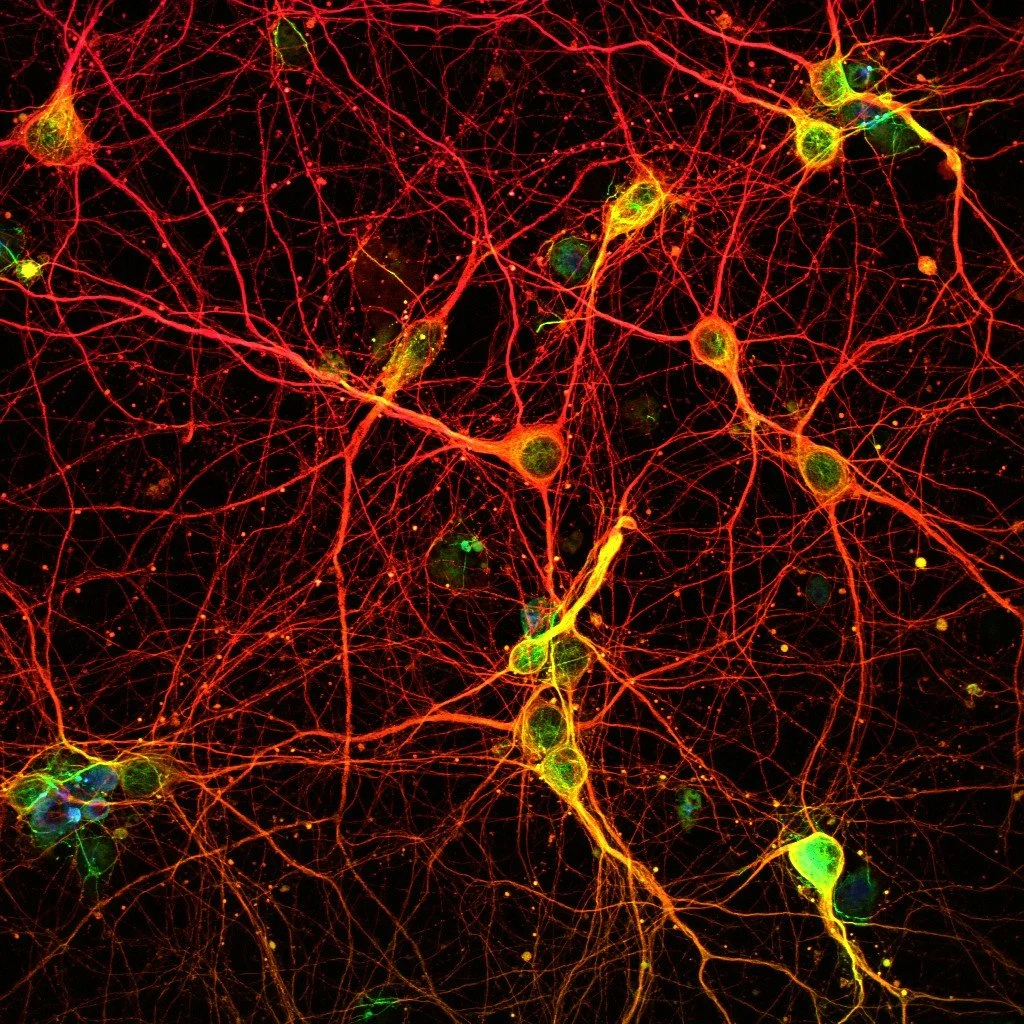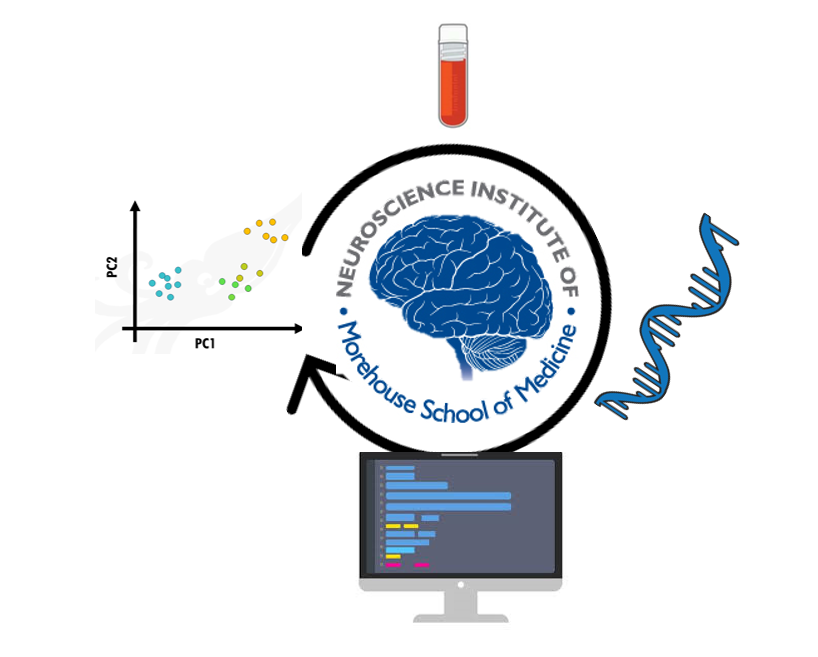
My Research
Post-grad
Dennis Selkoe lab, Brigham & Women’s Hospital/ Harvard Medical School, 2020-present
Alzheimer’s Disease
Currently in the Selkoe lab, I am investigating the biochemical, molecular, and cellular aspects of Alzheimer’s disease.
TAU
Microtubule-associated protein, tau, is a dynamic cytoskeletal protein involved with binding and transporting cellular cargo, maintaining cell shape, and other cellular functions. We are studying how certain isoforms of this protein are related to AD stage severity. With the optimization of our in-house immunoassay for an N-terminal tau fragment, we have monitored this protein over the course of age progression and clinical trial treatments.
AMYLOID BETA
I also worked on understanding the impact of a transmembrane protein, amyloid beta. Literature has shown that amyloid beta plaques and soluble oligomer forms are associated with AD. Under the leadership of Dr. Andrew Stern and Dr. Shaomin Li, I have worked on understanding how soluble amyloid beta interacts in vitro and ex vivo contexts. This work includes monitoring how amyloid beta differentially interacts with the latest amyloid targeting antibodies in clinical trials, as well as using AD-transfected cell lines to induce neuronal dysfunction and monitor impairment in synaptic plasticity, as well as other brain-related vulnerabilities.
MS in Neuroscience
Robert Meller lab , Neuroscience Institute, Morehouse School of Medicine, 2018-2020
Circulating blood cells act as indicators of pathophysiological changes by producing differences in gene expression. Previous studies provide evidence that multiple neurological conditions and diseases (i.e. Alzheimer’s disease, Huntington’s disease, and stroke) display gene expression correlation in regions outside the brain tissue (i.e. blood samples) suggesting that a surrogate biomarker could be helpful. In the Meller lab, my master’s thesis aimed to develop a more accurate diagnostic test of Alzheimer’s disease through RNA sequencing on blood and analyzing the RNA expression profiles of the whole transcriptome aligned to the latest reference genome, Grch38.
The hypothesis is that there will be a significant difference in RNA expression values between people with Alzheimer’s disease and control groups (exhibiting no neurological condition or symptoms) and improved prediction accuracy with aligning to Grch38 compared to Hg19 with greater depth of genetic information. These findings will be applied to identify which expression values best discriminate against the patient’s diagnosis. To do this, I: 1) Built RNA libraries form blood. 2) Created bioinformatic pipelines, using the STAR alignment tool to map and compared RNA profiles against the latest reference genomes, Hg19, and Grch38, to evaluate the mapping of data. 3) Analyzed alignment differences to the diseased states (or conditions) to determine which reference genome is better and apply it to the subsequent data set. Several different bioinformatics software pipelines (STAR and Bowtie2) were used to assess the data produced and determine which software is considered the most accurate and sensitive for diagnosis. 4) Performed differential expression determination via Partek to generate predictive models that discriminated Control subjects from subjects with Alzheimer’s disease.
I found significant differences in the alignment, mapping values, and clustering of cognitive conditions between reference genomes Grch38 and Hg19. Grch38 had overall higher RNA quantification and better assignment of RNA profiles to their designated disease state. Prediction modeling in cohort 1 generated one successful model with improved accuracy rate (90%) compared to lumbar puncture biomarker tests for diagnosing Alzheimer’s disease profiles from healthy control profiles. However, this prediction model was not as strong when applied to a new cohort of RNA profiles that had Mild Cognitive Impairment. It is necessary to have significantly more blood profiles from Alzheimer’s patients to increase power and improve differential expression variables and prediction modeling.


